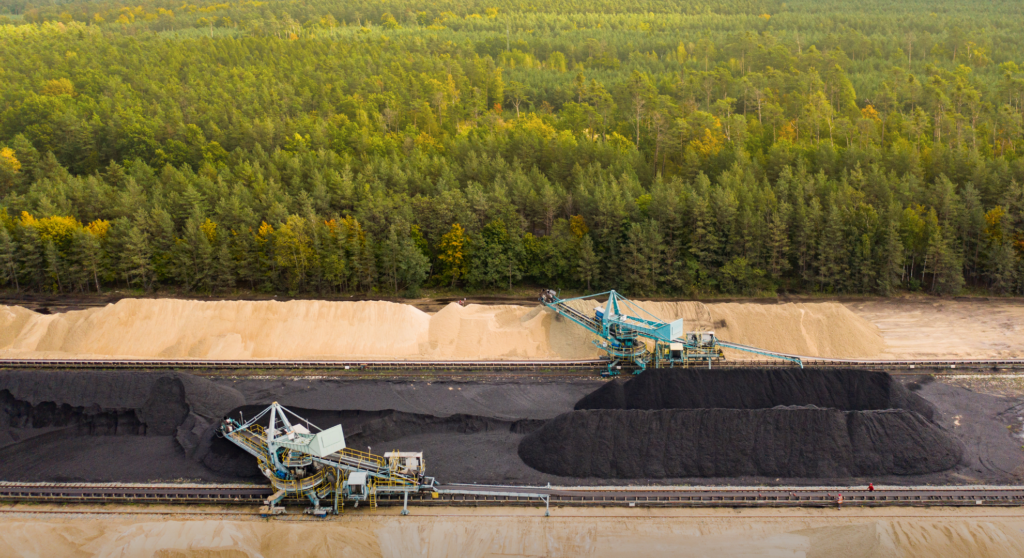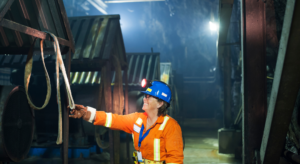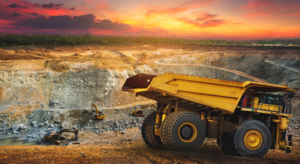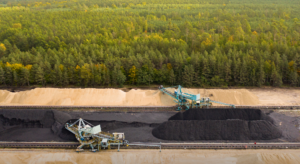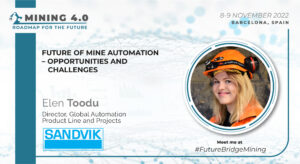As the world becomes more overpopulated, mining companies must find new ways to contribute to sustainability. Alternative low-impact mining techniques can reduce pollution and consumption of natural resources. Mining companies can also create better living conditions for mine workers by using eco-friendly equipment and engaging in sustainable mining. The mining industry is already moving in the direction of electric equipment. Some mining companies have gone further and implemented large-scale reforestation schemes. Preventing illegal or unregulated mining operations can help ensure that all mining is bound by the same environmental standards. The repercussions of mining on our finite planet could be devastating.
As the world becomes more overpopulated and society demands more resources, mining companies must find ways to contribute to sustainability. This means reducing pollution and consumption of natural resources, as well as creating better living conditions for mine workers.
Lower – Impact Mining Techniques
Traditional mining techniques like open pit and underground mining present some of the most significant environmental risks. However, there are many alternative low-impact mining techniques available. Benefits of these lower-impact mining techniques include the ability to reduce surface disturbance at mining sites and lower soil erosion. Lower-impact mining techniques can also move less material that would need to be backfilled, another environmental plus. While using these alternative techniques companies can reduce their environmental impact. This way, businesses will also continue to reap the benefits of minerals they would otherwise extract.
Reusing Mining Waste
Depending on the mineral and chemical composition of the tailings, businesses can use them in the production of bricks. Companies can also utilize them as paint extenders or in agroforestry. Some new technologies even make it possible to further mine from these tailings. This helps to reduce the overall amount of minerals that get left behind in mining sites. Such an approach also reduces the volume of waste stored in tailings dams.
Eco – Friendly Equipment
Mining companies wanting to reduce their environmental impact can switch to more eco-friendly equipment. In general, the mining industry is already moving in the direction of electric equipment. As of now, more and more mining manufacturers are offering eco-friendly alternatives. Some are making more significant commitments like Swedish mining equipment manufacturer Epiroc. The company plans to be 100 percent electric within the next few years.
Rehabilitating Mining Sites
Many modern mining techniques cause significant disruption to the environment. For instance, stripping the topsoil layer necessary for plant growth. Similarly, they can raise soil and water acidity. Such disruptions make the area inhospitable to new vegetation and leave it prone to soil erosion. Some mining companies like Alcoa in Australia have gone further and implemented large-scale reforestation schemes. The business look to restore every local species present at a mine site before operations began.
Shutting Down Illegal Mining
Illegal mining remains a significant issue for the industry. For example, experts estimate that around 14,000 people are currently involved in illegal mining in South Africa. There, illegal mining often takes place on properties not suited for large-scale mining. Often, such sites also have no regard for regulations that reduce the environmental impact. Hence, ensuring that all mining operations follow the same environmental standards can help prevent illegal or unregulated mining operations.
It is apparent that the industry needs big changes to secure a more sustainable future. Without these changes, the repercussions of mining on our finite planet could be devastating. Fortunately, this doesn’t mean the end of mining; rather, it means careful use of the earth’s resources.

